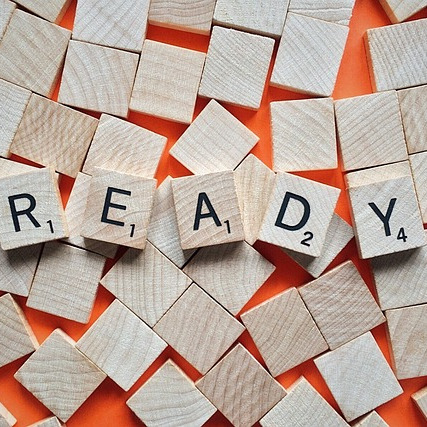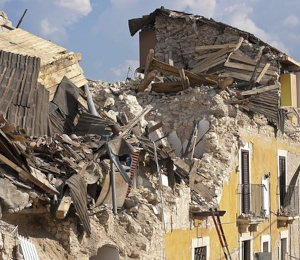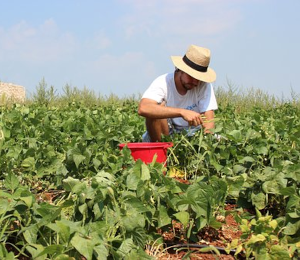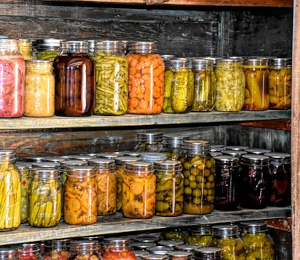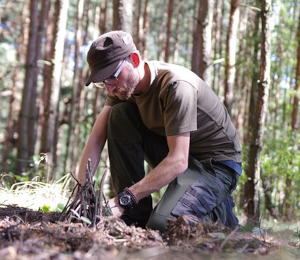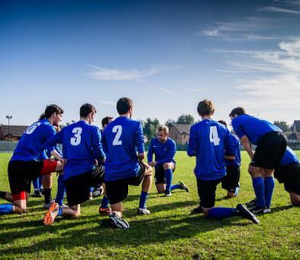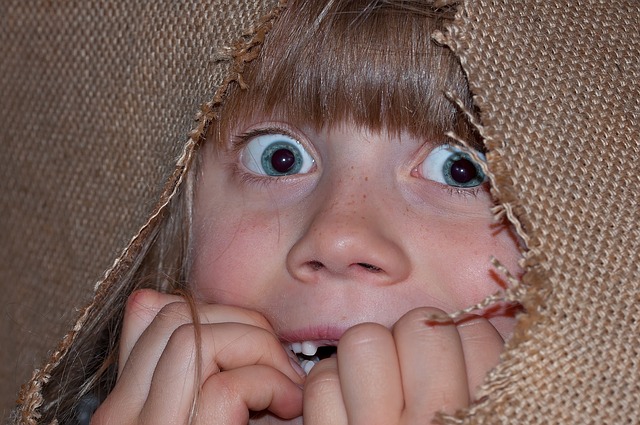
Dealing Emotionally with Children and Disaster
In the event of a local or national disaster it becomes our role as parents to shelter and protect our children from the emotional effect that such an event may cause. News coverage of disasters, such as news coverage from September 11th, 2001 showing repeatedly footage of airplanes flying into the World Trade Center Towers and then the tower collapse, reaction and discussions in the home, and emotions demonstrated by parents, can cause emotional distress in family members especially children. Young children may not realize that it is repeated video footage they are watching and think that the event is happening again and again. We recommend that children NOT watch television reports about such events.
Children usually take their lead in situation by reading the emotions of adults. Listen to what the child is saying. If a young child is asking questions about the event, answer them simply without the elaboration needed for an older child or adult. If a child has difficulty expressing feelings, encourage the child to draw a picture or tell a story of what happened. Try to understand what is causing anxieties and fears.
A CHILD’S REACTION TO DISASTER BY AGE:
- Birth to 2 years – When children are pre-verbal and experience a trauma, they do not have the words to describe how they feel. However, they can retain memories of particular sights, sounds, or smells. As children get older, their play may involve acting out elements of the traumatic event that occurred several years in the past and was seemingly forgotten.
- Preschool – 2 to 6 years – Preschool children often feel helpless and powerless in the face of an overwhelming event. Because of their age and small size, they lack the ability to protect themselves and others. As a result, they feel intense fear and insecurity. Preschoolers’ cannot grasp the concept of permanent loss. They see consequences as being reversible. In the weeks following a traumatic event, preschoolers’ play activities may involve aspects of the event. They may reenact the incident or the disaster over and over again.
- Pre-adolescence to adolescence – 11 to 18 years – As children grow older, their responses begin to resemble adults’ reaction to trauma. They combine some more childlike reactions with others that seem more consistent with adult reactions. Survival of trauma can be equated with a sense of immortality. A teenager may become involved in dangerous, risk-taking behavior, such as reckless driving or alcohol or drug use. In contrast, a teenager can become fearful of leaving home. Much of adolescence is focused on moving out into the world. After a trauma, the world can seem dangerous and unsafe. A teenager may feel overwhelmed by intense emotions, and yet feel unable to discuss them with relatives.
REASSURE CHILDREN WITH COMPASSION AND UNDERSTANDING:
- Hug and touch your children.
- Limit the children’s exposure to news broadcasts. TV news may often be graphic and disturbing even to adults and create repetitive reinforcement of the event.
- Calmly and firmly provide factual information about the recent disaster.
- Encourage your children to talk about their feelings. Be honest about your own.
- Spend extra time with your children at bedtime.
- Re-establish a schedule for work, play, meals and rest.
- Involve your children by giving them specific chores to help them feel they are helping to restore family and community life.
- Praise and recognize responsible behavior.
- Understand that your children need to mourn their own losses.
If you’ve tried to create a reassuring environment and your children do not respond when you follow the suggestions listed above, seek help from an appropriate professional such as the child’s primary care physician, a mental health provider specializing in children’s needs or a religious leader.
Read More
